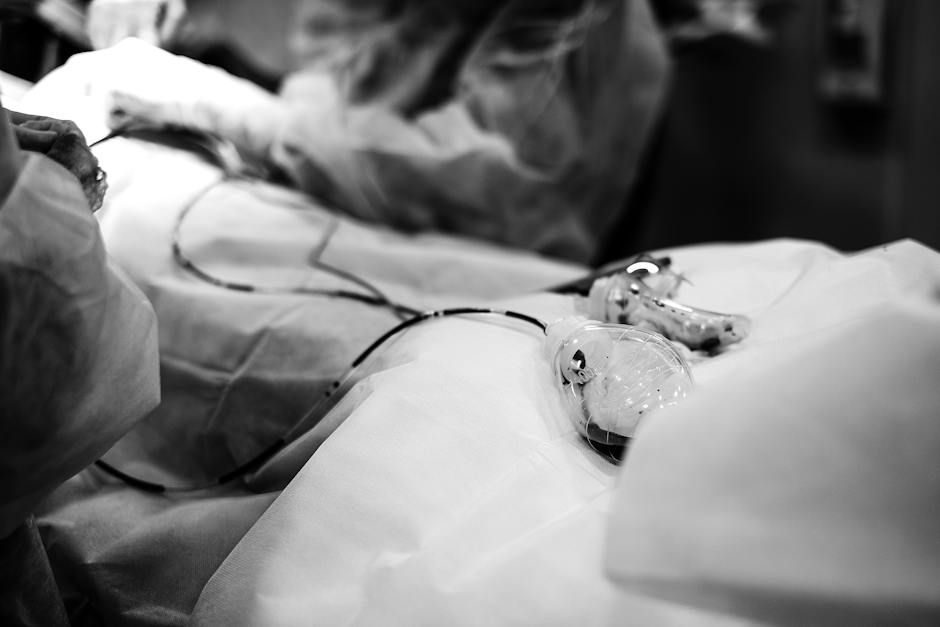
Introduction to dermal fillers
Dermal fillers are a non-invasive cosmetic treatment used to restore volume and smooth out wrinkles on the face. They are made of hyaluronic acid, a naturally occurring substance in the body that helps keep skin plump and hydrated. The procedure involves injecting the filler into specific areas to enhance facial contours, reduce the appearance of fine lines, and give a more youthful appearance. Dermal fillers are an effective way to rejuvenate the skin without the need for surgery, providing immediate results and minimal downtime.
 What are dermal fillers made of?
What are dermal fillers made of?
Dermal fillers are made of various materials, such as hyaluronic acid, calcium hydroxylapatite, poly-L-lactic acid, and polymethylmethacrylate (PMMA). These materials are designed to add volume and fullness to the skin, reducing the appearance of wrinkles and fine lines. Hyaluronic acid fillers are the most common and are often used to enhance lips and cheeks. Calcium hydroxylapatite fillers are used to stimulate collagen production, while poly-L-lactic acid and PMMA fillers are more long-lasting options for treating deeper wrinkles and facial volume loss.
Different types of dermal fillers
Dermal fillers come in different types, each designed to target specific areas of the face. Here are some common types of dermal fillers:
- Hyaluronic acid fillers: These are the most commonly used fillers and are suitable for adding volume to the lips, cheeks, and smoothing fine lines.
- Calcium hydroxylapatite fillers: These fillers are ideal for deep wrinkles and adding volume to areas like the cheeks.
- Poly-L-lactic acid fillers: These are used to stimulate collagen production and are suitable for treating deep lines, such as nasolabial folds.
- Polymethylmethacrylate fillers: These are considered semi-permanent fillers and can be used for deep wrinkles and facial contours.
Each type of filler has its own benefits and is suitable for different areas of the face. It’s important to consult with a qualified professional to determine the best type of filler for your specific needs.
Common uses of dermal fillers
Dermal fillers are commonly used to reduce the appearance of wrinkles, add volume to the cheeks and lips, and improve the overall symmetry of the face. They are also used to address hollowness under the eyes and to soften the appearance of scars. Dermal fillers can help to achieve a more youthful and refreshed look without the need for invasive surgery.
Benefits of dermal fillers
Dermal fillers can help reduce the appearance of wrinkles, restore volume to the face, and enhance facial contours. They are a non-surgical option for achieving a more youthful appearance. Dermal fillers can also provide immediate results with minimal downtime, making them a convenient option for those looking to enhance their facial features without the need for extensive recovery. Additionally, they can be tailored to meet individual needs, providing a personalized approach to facial rejuvenation.
How are dermal fillers administered?
Dermal fillers are typically administered through a series of injections directly into the targeted areas of the skin. The procedure is usually done in a doctor’s office and can take around 15 to 60 minutes, depending on the areas being treated. The injection sites may be numbed with a local anesthetic to minimize discomfort. After the injections, the doctor may gently massage the treated areas to ensure the filler is distributed evenly.
What to expect during and after dermal filler treatment
During the dermal filler treatment, you may experience some discomfort, but the procedure is generally quick and straightforward. You might notice immediate results, but it’s normal to have some swelling or redness for a day or two after the treatment. In some cases, you may experience bruising, but this usually fades within a week. After the treatment, it’s essential to follow your dermatologist’s post-care instructions to ensure the best results.
Potential side effects and risks
Dermal fillers have some potential side effects and risks, which include redness, swelling, bruising, itching, and tenderness at the injection site. In some cases, lumps or bumps may also appear under the skin, although these are usually temporary. More serious but rare risks include infection, allergic reactions, and skin necrosis. To minimize these risks, it’s essential to choose a qualified and experienced practitioner and to follow their aftercare advice closely. Always discuss potential side effects and risks with your healthcare provider before getting dermal fillers.
Choosing a qualified professional for dermal fillers
When getting dermal fillers, it’s important to choose a qualified professional. Look for a licensed and experienced practitioner with a good reputation. Make sure they have the appropriate training and certification in administering dermal fillers. Additionally, it is advised to inquire about the type of fillers they use and their potential side effects. Always prioritize your safety and well-being when selecting a professional for dermal filler treatments.
Summary and final thoughts
Dermal fillers are a popular cosmetic treatment that can help reduce the appearance of wrinkles and add volume to the face. They are generally safe, but it’s important to choose a qualified and experienced provider to minimize any risks or side effects. It’s also crucial to have a thorough discussion with your provider about your specific aesthetic goals and expectations before proceeding with the treatment. Keep in mind that while dermal fillers can provide satisfying results, they are not a permanent solution. Over time, the body naturally breaks down the filler material, so maintenance treatments will be necessary to maintain the desired look. Always do your research and consult with a licensed professional to make an informed decision about dermal fillers.